The Art of Craft
MAD carries its mission forward with a survey of works from its permanent collection of handmade objects
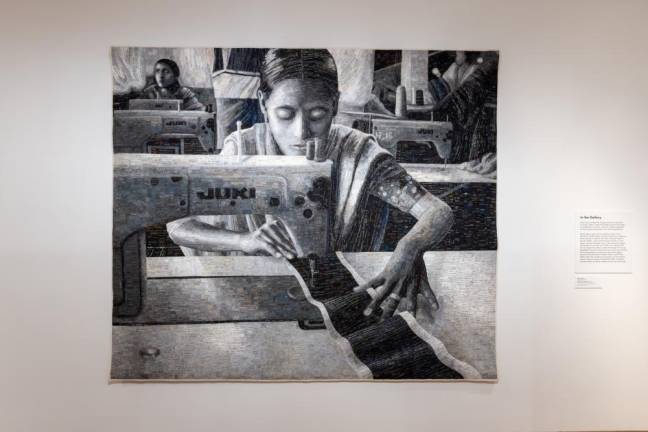
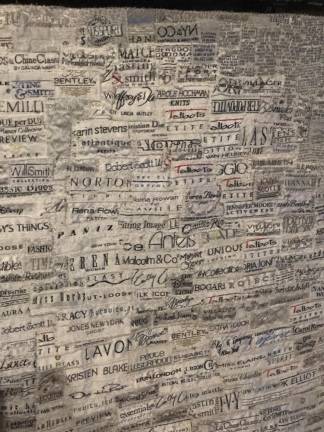
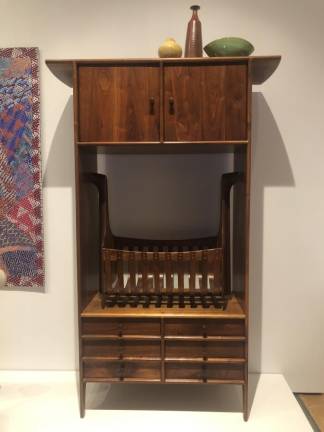
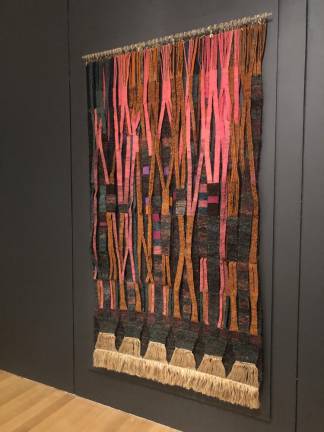
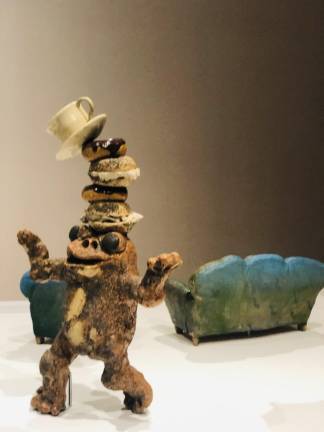
A special treasure in the New York cultural landscape is the Museum of Arts and Design (MAD) at Columbus Circle, a showcase for creativity in all forms since 1956, with a particular emphasis on craft — designs spun from glass, fiber, wood, metal and clay.
“Craft Front & Center” (through February 13) could not have come at a better time for pandemic-weary New Yorkers, who spent months hunkering down at home and could take comfort, and re-engage, with their décor — like that glass vase or bowl that is more than just functional. It is handmade and soothes the soul. It triggers memories and emotion. It has a history.
That’s the vibe that the curators tap into in at the entrance of this beautiful display of hand-wrought objects from the collection, where craft is no longer relegated to the fringes. It’s “front and center” and valued as art. The selections reflect the influence on craft of 20th century Abstract Expressionism and Pop Art at the same time as they celebrate, and raise the profiles of, women and people of color who have upped the game.
The show is organized around eight themes that study craft’s dynamism — e.g., its impact on the home, on galleries and museums, on conversations about identity, on materials.
There are more than 70 items on view, with dramatic textile works recently rotated into the show, which also includes furnishings like Sam Maloof’s “Cradle Cabinet” (1968) — a cabinet with built-in cradle and drawers for baby — abstract flowers by studio-glass pioneer Marvin Lipofsky and an abundance of lustrous ceramics from the 1960s Funk movement that blossomed in California’s Bay Area.
Crazy Quilts
The objects pay homage to time-honored traditions and techniques passed down through the ages as well as innovations and imagery conjured by digital-age craftspeople. Crazy quilts and story quilts share the stage with banners and wall hangings bearing political messages and appeals for social justice — and Lynn Basa’s “World View II” (1986), a small square tapestry in a frame, that evokes pixelated video games and the tech world.
A focal point is Terese Agnew’s recently installed “Portrait of a Textile Worker” (2005), a monumental hanging fashioned from garment labels — some 30,000 of them stitched together and crowd-sourced by the artist, who asked a wide range of people to cut the labels out of their clothing and donate them to the cause.
The result is a larger-than-life image of a Bangladeshi garment worker hunched over a sewing machine in a factory, drawing attention to “exploitative labor conditions, the daily reality of craft for people all over the world today,” the exhibit label states.
Elissa Auther, Deputy Director of Curatorial Affairs at MAD, commented to us in an email that the show “demonstrates how craft not only plays a visible and important role in our everyday lives, but also extends into the public sphere and discourse about representation, equity, and our collective future.”
Other works serve a purely aesthetic purpose, like Betty Woodman’s “Indonesian Napkin Holder” (1984), which reimagines an ordinary household item as a large ceramic sculpture, brilliantly glazed in blue, green and yellow.
Coat-Turned-Collage
Or fiber artist Marilyn Pappas’ “Opera Coat” (1968), an elegant fur-trimmed black satin garment that became a canvas for a wild assemblage of yarns — knotted and looped — and “found fabric” pieces. It’s a coat-turned-collage in a frame that hangs on a wall in a museum.
In fact, “Opera Coat” was included in a seminal craft show in 1969, “Objects: USA,” at the Smithsonian in Washington, D.C. The exhibit toured the U.S. and Europe, and many of its objects now form the backbone of MAD’s permanent collection, some 3,000 works dating from the postwar period to the present.
Other pieces from that landmark show can be seen here, notably glass artist Dale Chihuly’s divinely sinuous “Wine Bottle” (1968) and a sample of blackware by renowned potter Maria Martinez and her son Popovi Da from the San Ildefonso Pueblo in New Mexico, “Bowl with Feather Design” (1968).
The textiles are especially eye-catching and are threaded throughout the gallery space, with the techniques of weaving, appliqué, quilt making and embroidery on parade.
Elaine Reichek, who created “Egyptian Curtain” (2007), picks up on a motif in a Matisse painting (“Interior with Egyptian Curtain,” 1948), which her research sources back to a textile. She’s revived the pattern in her embroidered work and made it tangible, maintaining that art history has overlooked the impact of textiles on modern artists —think Matisse’s decorative style but also Mondrian’s grids and Warhol’s silkscreens.
A richly colored piece from Olga de Amaral’s “Woven Walls” series (c. 1969) pushes the envelope in a really great way. She’s “literally opened up the traditional tapestry structure,” the exhibit label reads, by creating long slits and vertical bands that are interwoven, forming a hefty 3D hanging from wool that was hand-dyed and hand-spun by the artist.
Auther, the William and Mildred Lasdon Chief Curator, says that “one objective of the exhibition is to highlight MAD’s history and collection as a unique gem in the art museum ecosystem of New York City.”
Mission accomplished.
“Craft Front & Center” at the Museum of Arts and Design, 2 Columbus Circle; through February 13. https://madmuseum.org/exhibition/craft-front-center